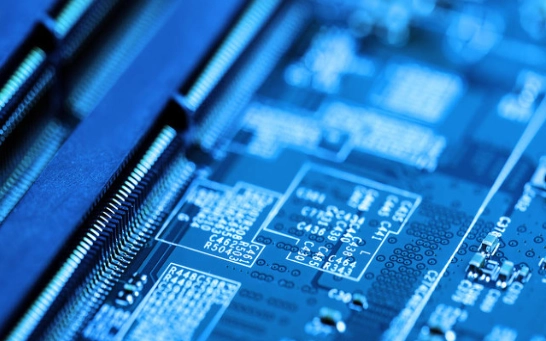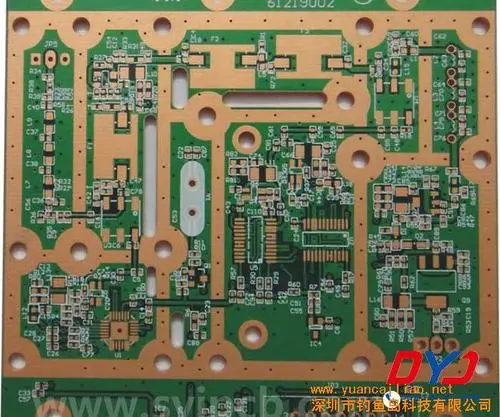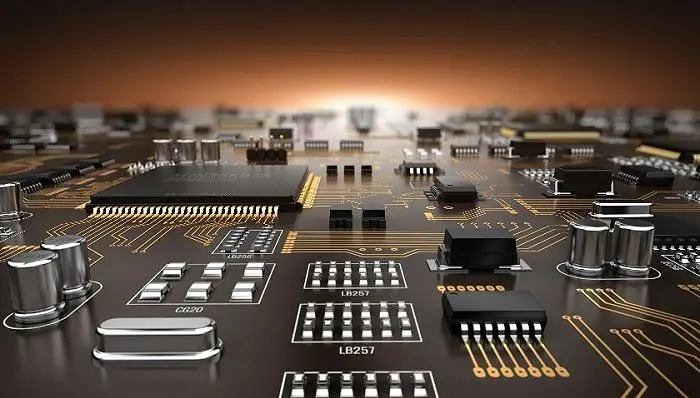
The following factors must be considered in PCB design and will affect its decision:
1. PCB product functions
a. Basic functions covering basic requirements, including:
i. Interaction between schematic diagram and PCB layout
Ii. Automatic fanout routing, push-pull and other routing functions, as well as routing capability based on design rule constraints
Iii. Accurate DRC verifier

b. The ability to upgrade product functions when the company is engaged in a more complex design
i. HDI (High Density Interconnect) interface
Ii. Flexible design
Iii. Embedded passive components
Iv. Radio frequency (RF) design
v. Automatic script generation
Vi. Topology layout and routing
vii. Manufacturability (DFF), testability (DFT), producibility (DFM), etc
c. Additional products can perform analog simulation, digital simulation, analog digital mixed signal simulation, high-speed signal simulation and RF simulation
d. Have a central catalog that is easy to create and manage
2. A good partner who is technically in the industry leadership and has devoted more efforts than other manufacturers can help you design products with the greatest efficiency and leading technology in the shortest time
3. Price should be the most secondary factor among the above factors, and more attention should be paid to the return on investment!
PCB evaluation needs to consider many factors. The type of development tools designers are looking for depends on the complexity of the design work they are engaged in. As the system is becoming more and more complex, the control of physical routing and electrical component placement has been developed to a very wide extent, so that constraints must be set for the critical path in the design process. However, too many design constraints constrain the flexibility of design. Designers must have a good understanding of their design and its rules, so that they can know when to use these rules.
During the evaluation, designers must ask themselves: What criteria are critical to them?
Let's look at some trends that force designers to re-examine their existing development tool capabilities and start ordering new ones:
1.HDI
The increase of semiconductor complexity and the total number of logic gates has required more pins and finer pin spacing for integrated circuits. It is very common to design more than 2000 pins on a BGA device with a pin spacing of 1mm, let alone to arrange 296 pins on a device with a pin spacing of 0.65mm. The need for faster rise times and signal integrity (SI) requires more power and ground pins, which requires more layers in the multilayer board, thus driving the need for high-density interconnection (HDI) technology for micro vias.
HDI is an interconnection technology being developed in response to the above needs. Micro vias and ultra-thin dielectrics, thinner routing and smaller line spacing are the main features of HDI technology.
2. RF design
For RF design, RF circuit should be directly designed into system schematic diagram and system board layout, rather than a separate environment for subsequent conversion. All simulation, tuning and optimization capabilities of the RF simulation environment are still necessary, but the simulation environment can accept more original data than the "actual" design. Therefore, the differences between data models and the problems of design transformation caused by them will disappear. First, designers can directly interact between system design and RF simulation; Secondly, if designers carry out a large-scale or quite complex RF design, they may want to assign circuit simulation tasks to multiple computing platforms running in parallel, or they may want to send each circuit in a design composed of multiple modules to their respective simulators to shorten the simulation time.
3. Advanced packaging
The increasing functional complexity of modern products requires a corresponding increase in the number of passive components, mainly reflected in the increase in the number of decoupling capacitors and terminal matching resistors in low power and high-frequency applications. Although the packaging of passive surface mount devices has shrunk considerably after several years, the results are still the same when trying to obtain the maximum limit density. Printed component technology has transformed from multi chip module (MCM) and hybrid module to SiP and PCB that can be directly used as embedded passive components today. In the process of transformation, the latest assembly technology was adopted. For example, an impedance material layer is included in a layered structure, and a series terminal resistor is directly used under the uBGA package, which greatly improves the performance of the circuit. Now, embedded passive components can obtain high-precision design, thus eliminating the additional processing steps of laser cleaning welds. Wireless components are also developing towards the direction of improving integration directly in the substrate.
4. Rigid flexible PCB
In order to design a rigid flexible PCB, all factors that affect the assembly process must be considered. The designer cannot simply design a rigid flexible PCB as a rigid PCB, just as the rigid flexible PCB is just another rigid PCB. They must manage the bending area of the design to ensure that the design points will not cause the conductor to break and peel due to the stress action of the bending surface. There are still many mechanical factors to consider, such as minimum bending radius, dielectric thickness and type, sheet metal weight, copper plating, overall circuit thickness, number of layers, and number of bends.
Understand rigid flexible design and decide whether your product allows you to create a rigid flexible design.
5. Signal integrity planning
In recent years, new technologies related to parallel bus structure and differential pair structure for serial to parallel transformation or serial interconnection have been progressing.
This article is about the factors that should be paid attention to in the PCB evaluation process in PCB design







